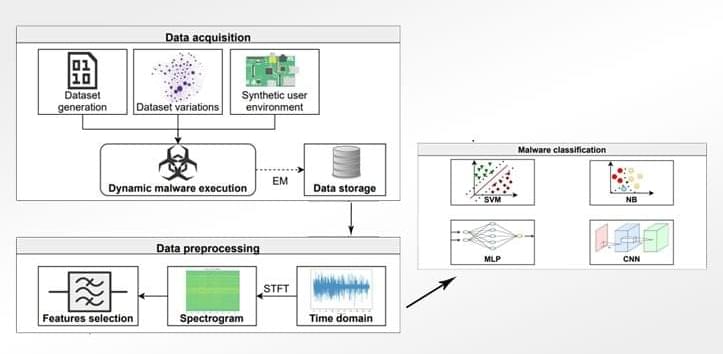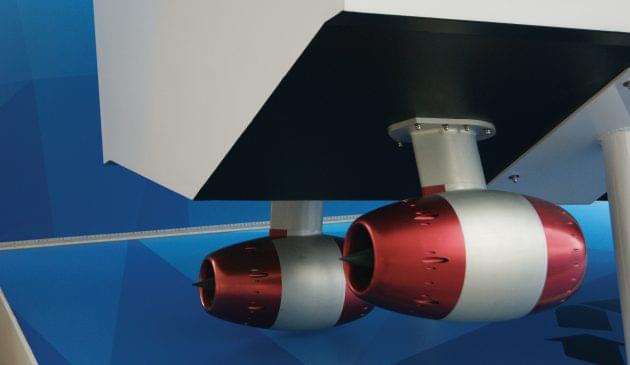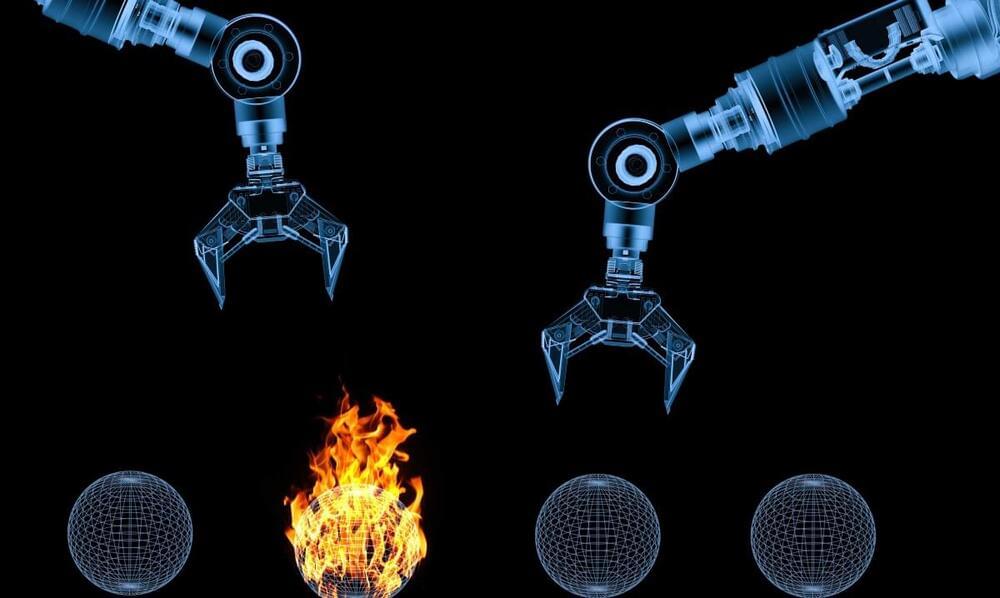Sure, a refrigerator can keep your veggies fresh… but LG’s tiiun can keep it fresher! Designed as a unique home appliance that lets you grow your own herbs and veggies the LG tiiun was announced in the run-up to CES 2022. The indoor gardening appliance is roughly the size of a dorm refrigerator, standing at approximately 3 feet tall, and features two shelves that can accommodate up to 6 all-in-one seed packages and various seed kits.
The term tiiun comes from the Korean word meaning ‘to sprout’ and is LG’s way of indicating that this appliance is an all-in-one self-sufficient garden. The appliance creates a perfect microclimate and all the right conditions for the plants to grow, even mimicking light cycles so you could potentially keep your tiiun anywhere in a room without worrying about access to proper sunlight. LG’s Flexible Weather Control System creates the ideal situations for organic growth while also keeping pests at bay. An internal watering system also delivers water to the plants (8 times a day) to keep them hydrated. All you really have to do is install the tiiun and sit back while your plants grow on their own!






